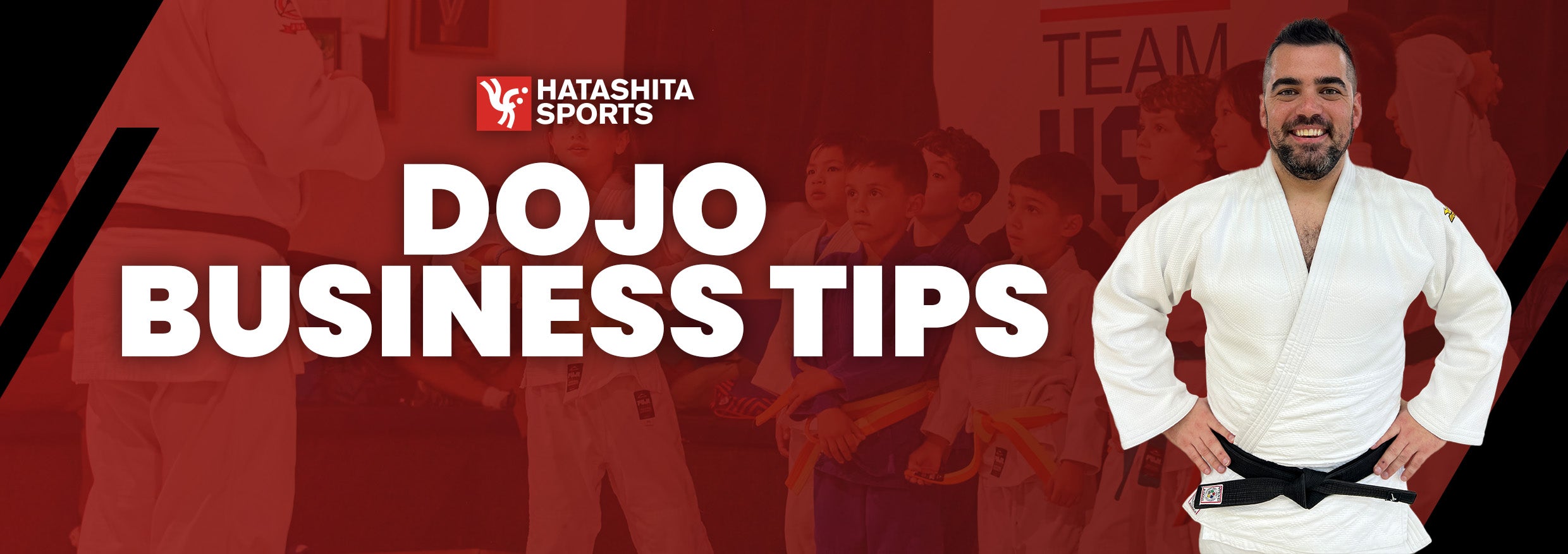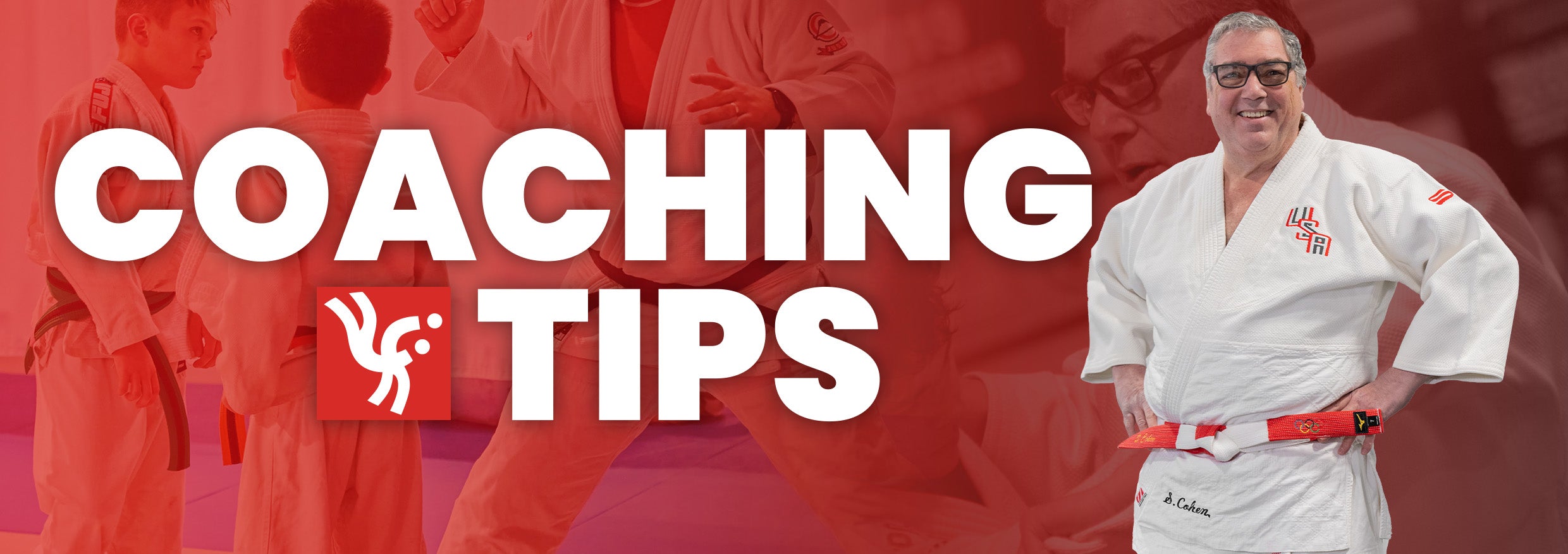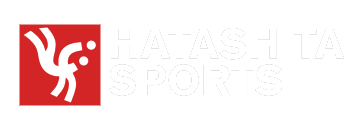
category-dojo
Boosting Revenue and Student Retention: Parent Night Out Events
In the competitive world of keeping kids entertained, it's crucial to think outside the box to not only attract new students to your dojo but also keep your current ones engaged and excited. Hosti...

Development Challenges for Judoka in the United States
Guest Blogger: Steve Cohen - 1988 US Olympian, 2000 US Olympic Coach and Head Coach of American Judo System Today in the United States developing a judoka is very difficult. As National Federation ...

